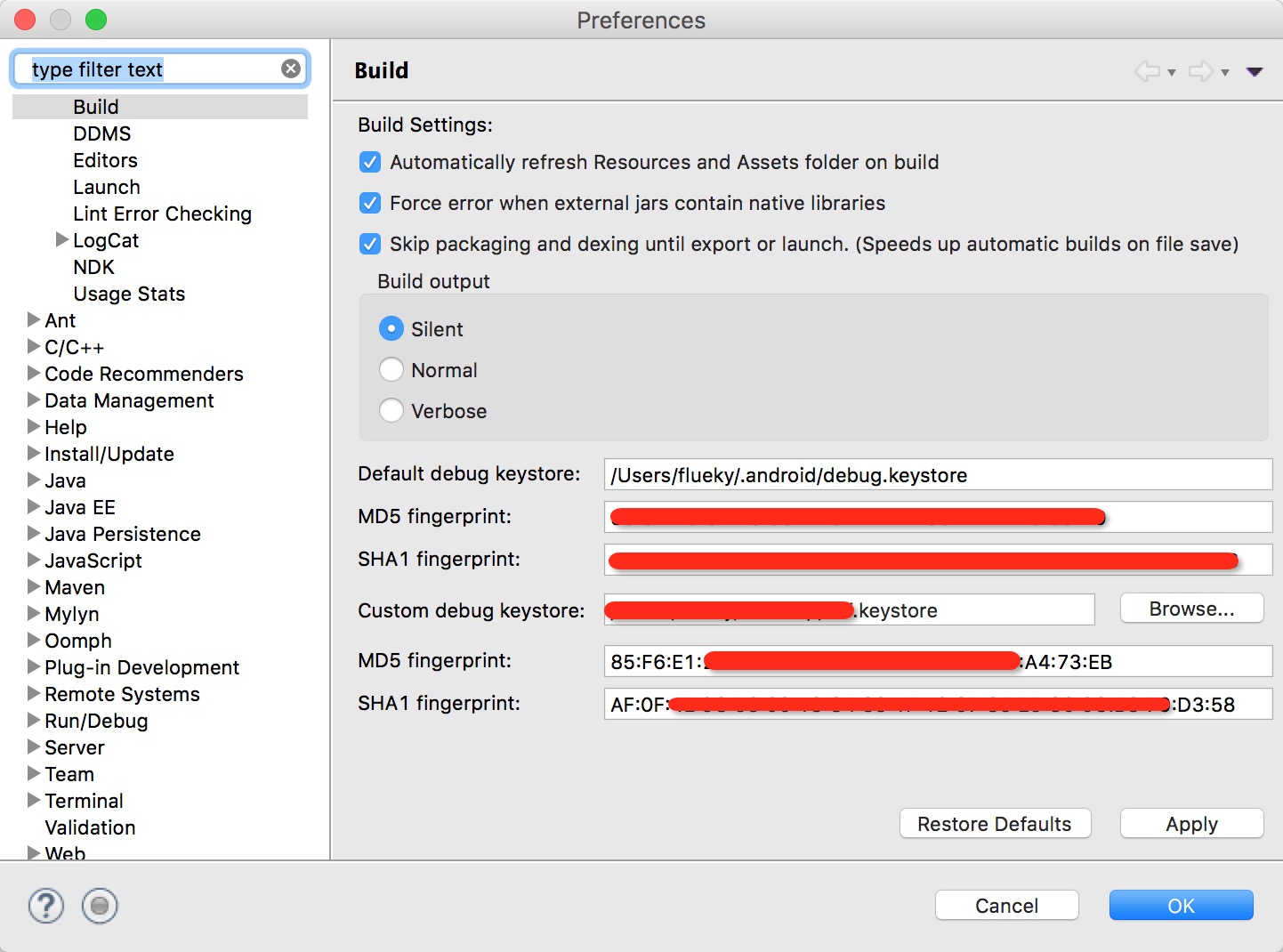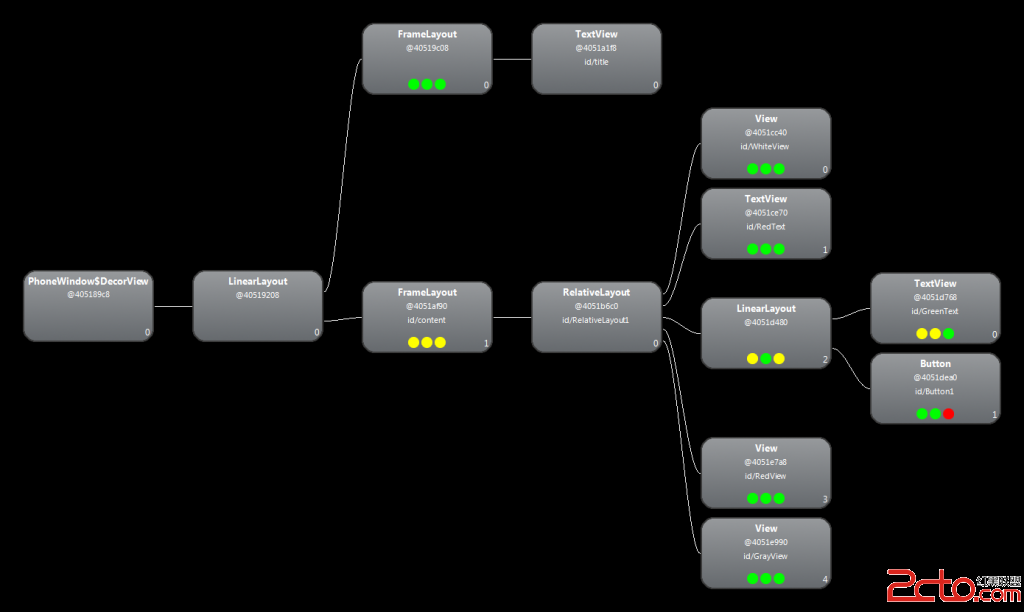編輯:關於Android編程
public class SendEmail {
private static final String TAG = "SendEmail";
//要發送Email地址
private String mailTo = null;
//郵件發送來源地址
private String mailFrom = null;
//SMTP主機地址
private String smtpHost = null;
//是否啟用調試
private boolean debug = false;
private String messageBasePath = null;
//Email主題
private String subject;
public void setMailTo(String mailTo) {
this.mailTo = mailTo;
}
public void setMailFrom(String mailFrom) {
this.mailFrom = mailFrom;
}
public void setSmtpHost(String smtpHost) {
this.smtpHost = smtpHost;
}
public void setDebug(boolean debug) {
this.debug = debug;
}
public void setMessageBasePath(String messageBasePath) {
this.messageBasePath = messageBasePath;
}
public void setSubject(String subject) {
this.subject = subject;
}
public void setMsgContent(String msgContent) {
this.msgContent = msgContent;
}
public void setAttachedFileList(Vector attachedFileList) {
this.attachedFileList = attachedFileList;
}
public void setEmailAccount(String emailAccount) {
this.emailAccount = emailAccount;
}
public void setEmailPwd(String emailPwd) {
this.emailPwd = emailPwd;
}
public void setMessageContentType(String messageContentType) {
this.messageContentType = messageContentType;
}
public void setEmailbccTo(String emailbccTo) {
this.emailbccTo = emailbccTo;
}
public void setEmailccTo(String emailccTo) {
this.emailccTo = emailccTo;
}
//Email內容
private String msgContent;
private Vector attachedFileList;
private String emailAccount = null;
private String emailPwd = null;
private String messageContentType = "text/html;charset=utf-8";
private String emailbccTo = null;
private String emailccTo = null;
/*
默認構造函數
*/
public SendEmail() {
super();
}
private void writeEmail(Session session, Message message) throws MessagingException {
String fileName;
Multipart multipart = new MimeMultipart();
//設定發件人地址
if (mailFrom != null) {
message.setFrom(new InternetAddress(mailFrom));
Log.i(TAG, "發件人郵件地址:" + mailFrom);
} else {
Log.i(TAG, "沒有指定發件人郵件地址");
return;
}
//設定收件人地址
if (mailTo != null) {
message.setRecipient(Message.RecipientType.TO, new InternetAddress(mailTo));
Log.i(TAG, "收件人郵件地址:" + mailTo);
} else {
Log.i(TAG, "沒有指定收件人郵件地址");
return;
}
//設定抄送地址
if (emailccTo != null) {
message.setRecipient(Message.RecipientType.CC, new InternetAddress(emailccTo));
Log.i(TAG, "抄送郵件地址:" + emailccTo);
} else {
Log.i(TAG, "沒有指定抄送郵件地址");
return;
}
//設定密送地址
if (emailbccTo != null) {
message.setRecipient(Message.RecipientType.BCC, new InternetAddress(emailbccTo));
Log.i(TAG, "密送郵件地址:" + emailbccTo);
} else {
Log.i(TAG, "沒有指定密送郵件地址");
return;
}
//設置郵件主題
message.setSubject(subject);
Log.i(TAG, "郵件主題:" + subject);
//設置回復地址
message.setReplyTo(new InternetAddress[]{new InternetAddress(mailFrom)});
//創建並設置第一部分
MimeBodyPart bodyPart = new MimeBodyPart();
if (msgContent != null) {
Log.i(TAG, "郵件內容:" + msgContent);
bodyPart.setContent(msgContent, messageContentType);
} else {
bodyPart.setContent("", messageContentType);
}
multipart.addBodyPart(bodyPart);
//附件文件到郵件中
if (attachedFileList != null) {
for (Enumeration fileList = attachedFileList.elements(); fileList.hasMoreElements(); ) {
fileName = (String) fileList.nextElement();
MimeBodyPart mBodyPart = new MimeBodyPart();
FileDataSource fds = new FileDataSource(messageBasePath + fileName);
Log.i(TAG, "Email發送的附件為:" + messageBasePath + fileName);
mBodyPart.setDataHandler(new DataHandler(fds));
mBodyPart.setFileName(fileName);
multipart.addBodyPart(mBodyPart);
}
}
Log.i(TAG, "設置郵件部分");
message.setContent(multipart);
message.setSentDate(new Date());
}
/**
* 發送郵件方法
*
* @return true 表示發送成功,false表示不成功
*/
public boolean sendEmail() {
int loopCount;
Properties properties = System.getProperties();
properties.setProperty("mail.smtp.host", smtpHost);
properties.setProperty("mail.smtp.auth", "true");
properties.put("mail.smtp.port", "25");
MailAuthenticator authenticator = new MailAuthenticator();
Session session = Session.getInstance(properties, authenticator);
session.setDebug(debug);
MimeMessage mimeMessage = new MimeMessage(session);
//這裡如果用Transport的話會出現錯誤
SMTPTransport transport = new SMTPTransport(session, new URLName("smtp", "smtp.qq.com", 25, null, MailAuthenticator.TENCENT_EMAIL_USER, MailAuthenticator.TENCENT_EMAIL_PWD));
try {
writeEmail(session, mimeMessage);
//transport = session.getTransport("smtp");
try {
Log.i(TAG, "開始連接服務器");
transport.connect(smtpHost, 25, MailAuthenticator.TENCENT_EMAIL_USER, MailAuthenticator.TENCENT_EMAIL_PWD);
} catch (AuthenticationFailedException e) {
e.printStackTrace();
Log.i(TAG, "連接服務器失敗");
return false;
} catch (MessagingException e) {
e.printStackTrace();
Log.i(TAG, "發送郵件過程中出現錯誤");
return false;
}
Log.i(TAG, "開始發送郵件");
transport.sendMessage(mimeMessage, mimeMessage.getAllRecipients());
transport.close();
Log.i(TAG, "關閉連接");
} catch (MessagingException e) {
e.printStackTrace();
Log.i(TAG, "發送郵件失敗");
return false;
} finally {
try {
if (transport != null && transport.isConnected()) {
transport.close();
Log.i(TAG, "在finally中關閉連接");
}
} catch (MessagingException e) {
e.printStackTrace();
}
}
Log.i(TAG, "郵件發送成功");
return true;
}
}
tips---其中的MyAuthenticator類繼承自Authenticator,重寫這個方法即可
@Override protected PasswordAuthentication getPasswordAuthentication() { return new PasswordAuthentication(郵箱用戶名,密碼); }
 Android開發必備技能——修改debug簽名
Android開發必備技能——修改debug簽名
前言從事Android開發的小伙伴們,想必都會遇到這樣的問題。當你的應用中需要集成百度地圖、極光推送等第三方平台時,會去申請一個叫做AppKey的東西。與此同時,你得提供
 Android沉浸式狀態欄攻略
Android沉浸式狀態欄攻略
前言這裡不討論[沉浸式]這個詞用得好不好, 大家聽得懂就行. 這篇文章主要是我在實際項目中的一些經驗, 整理出來和大家分享, 歡迎探討. 由於實習一直是996, 沒時間做
 android Notification分析——你可能遇到的各種問題
android Notification分析——你可能遇到的各種問題
通知的使用網上有各種總結,csdn上也有很多總結非常到位,在此就不做重復的總結了,需要的同學可以自行搜索或者參考下面給出的鏈接。開始學習的時候認真的讀了一些,現在功能開發
 Android學習筆記二十八之AlertDialog提示對話框和幾個常用的提示框
Android學習筆記二十八之AlertDialog提示對話框和幾個常用的提示框
在我們實際開發中,常常需要有對話框彈出跟用戶交互。AndroidOS提供有多種對話框,這一節,我們介紹一下AlertDialog和幾個常用Dialog,AlertDial